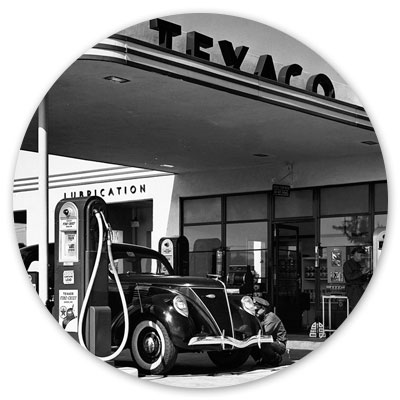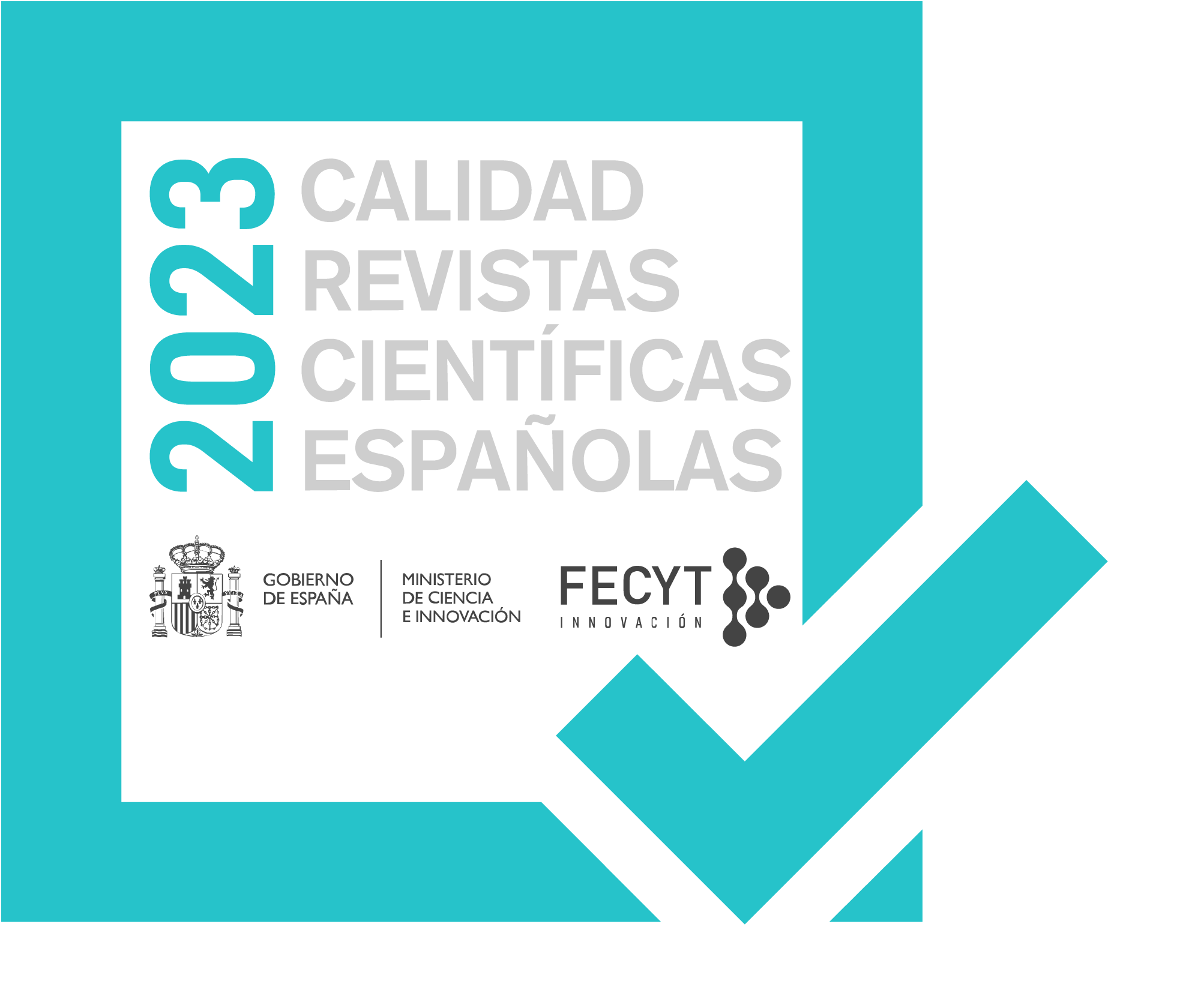Walter Dorwin Teague: Pioneer of the corporative identity
DOI:
https://doi.org/10.24310/Idiseno.2021.v16i.12386Keywords:
Industrial Design, Architecture, Identity, Company, United StatesAbstract
The consolidation of the figure of the industrial designer in the United States during the central decades of the 20th century is closely linked to the appearance of great brands and their identity. American designers specialized and shaped a new profession, they launched a shared and multidisciplinary intelligence and they were pioneers in blurring the boundaries between creative disciplines and in making them an important part of companies. It is a valuable model of transformation and adaptability from which conclusions and parallelisms can be drawn with the current era. This article focuses on the figure of the designer Walter Dorwin Teague, who guided by the intuition of beauty influenced American industry from the 1920s, giving it a necessary identity for its perpetuation over time. Some of his most influential works are exposed in this text in order to assess the impact that this professional caused while he was active and to become aware of the rich legacy left for posterity.
Downloads
Metrics
Publication Facts
Reviewer profiles N/A
Author statements
Indexed in
-
—
- Academic society
- N/A
- Publisher
- Universidad de Málaga
References
Arceneaux, M. (1975). Streamline: art and design of the forties. Ann Arbor: Trouba¬dor Press.
Cotter, B. (2009). The 1939-1940 New York World’s Fair. Creation and Legacy. San Francisco: Arcadia.
Doordan, D. P. (2000). Design history: An anthology. Cambridge: Massachussets Ins¬titute of Technology.
Fairbanks, J. L. (1988). America’s measure of mankind: proportions and harmonics. Smithsonian Studies in American Art, 2-1, 73-87.
Feinberg, A. R. (1972). The Kodak collector. Winnetka, Ill.: Alan R. Feinberg.
Gantz, C. (2014). Founders of American Industrial Design. Jefferson, NC: McFarland and Company Inc.
Gautrand, J. C. (1983). Publicités Kodak: 1910-1939. Paris: Contrejour.
Hall, D., & Hall, S. G. (2006). American Icons: An encyclopedia of the people, places and things that have shaped our culture. Westport, CT: Greenwood.
Giménez Julián, Emilio (1995) «La cultura industrial. Origen y desarrollo de los apara¬tos domésticos electrificados», en La mecanització de la casa: Una història de l’elec¬trodomèstic. Valencia: Generalitat Valenciana, pp. 34-49.
Hornung, C. P. (1991). The advertising designs of Walter Dorwin Teague. New York: Art Direction Book.
Jones, W. D. (2003). A field guide to gas stations in Texas. Austin: Texas Department of Transportation.
Kwoka J. E. (1993). The sales and competitive effects of styling and advertising prac¬tices in the U.S. auto industry. The Review of Economics and Statistics, 75-4, 649-656.
Lippincott, J. G. (1945). Industrial design as a profession. College Art Journal, 4-3, 149-152.
Marchand, R. (1991). The designers go to the Fair: Walter Dorwin Teague and the pro-fessionalization of corporate industrial exhibits, 1933-1940. Design Issues, 8-1, 4-17.
Marquette, C. L. (1952). Flour for man’s bread: a history of milling by John Storck and Walter Dorwin Teague. Minneapolis: University of Minnesota Press.
Monaghan, F. (1939). Official Guide Book: New York World’s Fair, 1939. New York: Exposition Publications, Inc.
Porter, G. (2002). Raymond Loewy: Designs for a consumer culture. Wilminton: Ha¬gley Museum and Library.
Pulos, A. J. (1986). American design ethic: A history of industrial design of 1940. Boston: MIT Press.
Pulos, A. J. (1988). The american design adventure, 1940-1975. Boston: Massachuse¬tts Institute of Technology.
Reid, K. (1937). Walter Dorwin Teague, Master of Design. Design Pencil Points, 9, pp. 539-574.
Rodríguez Ortega, Nuria (2002). Manual de teoría y estética del diseño industrial. Málaga: Universidad de Málaga.
Silvestre, F. (2016). Pioneros del diseño: Transformación y adaptabilidad de los diseña¬dores estadounidenses. Buenos Aires: Diseño Editorial.
Silvestre, F., Camarasa, P. (2017). Publicidad y mercado. Estrategias del diseño en la sociedad de la comunicación. I+Diseño, vol. 12, pp. 99-112.
Soloway, R., London, R. (2007). Camera designs of Walter Dorwin Teague. Journal of the photographic historical society of Canada, 32.
Soloway, R., London, R. (2006). Some camera designs of Arthur Crapsey, Henry Drey¬fuss and Raymond Loewy. Photographica Digest, 13-11, 8.
Teague, W. D. (1940). Design this day: the technique of order in the machine age. New York: Harcourt, Brace and Co.
Teague, W. D. (1937). Exhibition Technique. American Architect and Architecture, 9.
Teague, W. D. (1947). Land of plent: a summary of possibilities. New York: Harcourt, Brace and Co.

Downloads
Published
How to Cite
Issue
Section
License
Aquellos autores/as que tengan publicaciones con esta revista, aceptan los términos siguientes:- Los autores/as conservarán sus derechos de autor y garantizarán a la revista el derecho de primera publicación de su obra, el cuál estará simultáneamente sujeto a la Licencia de reconocimiento de Creative Commons que permite a terceros compartir la obra siempre que se indique su autor y su primera publicación esta revista.
- Los autores/as podrán adoptar otros acuerdos de licencia no exclusiva de distribución de la versión de la obra publicada (p. ej.: depositarla en un archivo telemático institucional o publicarla en un volumen monográfico) siempre que se indique la publicación inicial en esta revista.
- Se permite y recomienda a los autores/as difundir su obra a través de Internet (p. ej.: en archivos telemáticos institucionales o en su página web) antes y durante el proceso de envío, lo cual puede producir intercambios interesantes y aumentar las citas de la obra publicada. (Véase El efecto del acceso abierto).







14.png)



